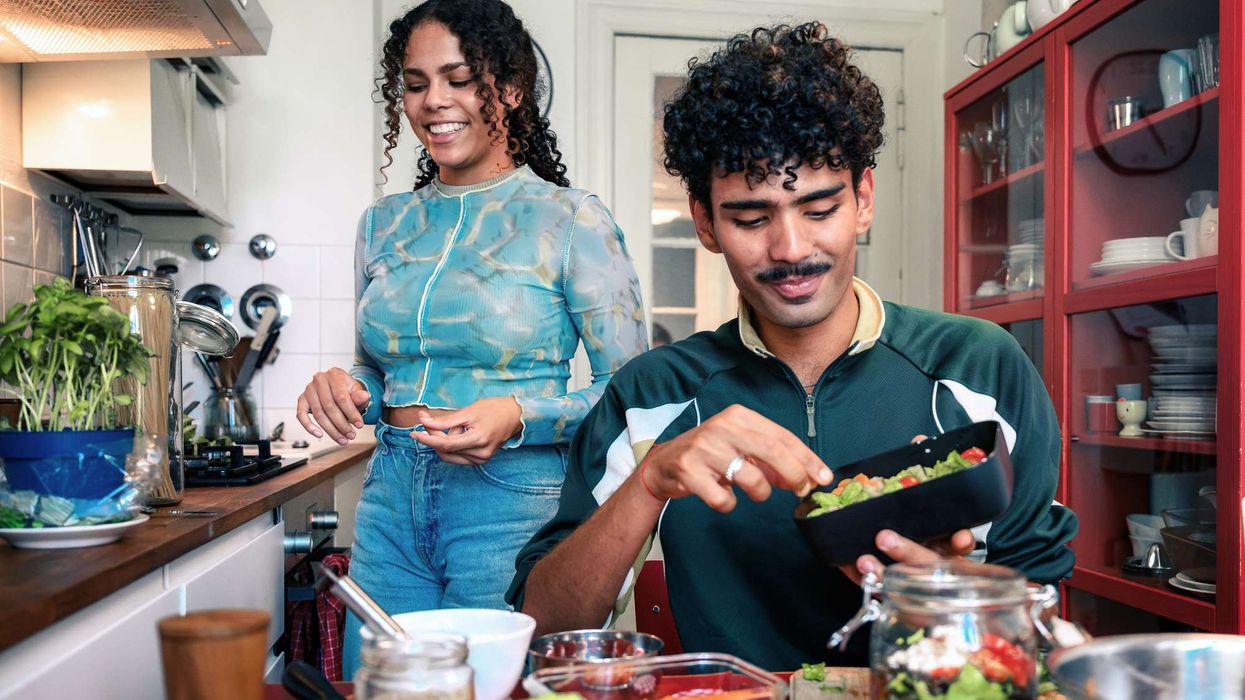The release of the government’s response to the Commission on Race and Ethnic Disparities was warmly welcomed by doctors and medical professionals across the country like myself. I was delighted to see the government finally getting to grips on addressing health disparities within ethnic minority communities.
The report titled “Inclusive Britain” seeked to identify and tackle these disparities in health outcomes with a strong focus on prevention by ethnicity, socioeconomic background, and geography and to prevent such outcomes straightaway. Launched by Equalities Minister Kemi Badenoch MP, the report provided a concrete action plan on how to address disparities in a wide range of areas, including health, education, employment, enterprise, crime and policing.
One of the key aspects of the report included understanding why there was a disproportionate health impact – particularly Covid-19 - on ethnic minorities, especially black groups, Pakistanis and Bangladeshis. This is something that many medical practitioners like me have been campaigning about for quite some time. Understanding the cause of these disparities was key to finding the solution – which this report has done.
The most significant intervention of the government to address Covid-19 disparities was its leading vaccination programme. At first, we faced many low levels of uptake of ethnic minority groups. The government consequently worked with key health stakeholders and released its Covid-19 Vaccine Uptake plan with the aim of improving uptake across all groups.
Credit goes to heroic effort of government to increase morale and support. various cultural and religious affiliations who have helped in encouraging their communities. Coming from an ethnic minority background myself, I am proud that these initiatives have seen vaccination rates rise across all ethnic minority groups.
The vaccine programme has since evolved dramatically, by working with local and national partnerships, such as the Community Champions scheme. With the use of trusted voices, such as local faith leaders, influencers and media medics, the government worked to help overcome concerns about vaccination. This included using places of worship as vaccination sites to build trust within particular ethnic groups, and an extensive communications campaign at both a local and national level. Flexible delivery models, such as walk-in and mobile vaccination clinics, were also supportive in increasing access and convenience of the vaccination offer.
All of these government interventions have been welcomed by medical experts who have been campaigning vigorously to address these concerns. They have helped to minimise the barriers to uptake and increase access to factual information, improving the convenience and confidence to get vaccinated.
The government’s levelling up agenda has worked to finally address the unacceptable health inequalities in society, particularly amongst ethnic minorities. This includes causes of health inequalities such as deprivation, tobacco, alcohol, diet and physical inactivity). The report also addressed the urgent need to increase ethnic minority participation in clinical trials and research, which it will seek to do through methods such as promoting the INCLUDE Ethnicity Framework.
The report has also put in place the health and social care regulators to measure workforce diversity and inclusion in all their inspections and are held to account for why ethnic disparities exist in their workforce. Such as, The Care Quality Commission (CQC) will be assessing how providers are addressing the experiences, progression, and disciplinary actions in respect of ethnic minority staff in their workforce. Again, an example of clear steps in addressing health inequalities across the spectrum.
The pandemic has helped the government to learn lessons across ethnic minority groups, so that we can further reduce the disparities in the risks of infection and mortality witnessed in the first 2 waves. Following the launch of the report, I welcome the government’s initiative to build trust in our health institutions through community engagement, using the vital insights gained from the vaccination programme. This will be vital in tackling these stark disparities in health outcomes across the UK, to ensure people can have the opportunity to live long, healthy lives wherever they live.
Dr Noshaba Khiljee (MBBS, FRCP (Lond), BSc (Hons) is a Consultant Nephrologist and Physician at Darent and Gravesham NHS Trust.





 Mareyah Bhatti , a sustainability strategist and passionate home cookMareyah Bhatti
Mareyah Bhatti , a sustainability strategist and passionate home cookMareyah Bhatti






COVID-19 health disparities within ethnic communities